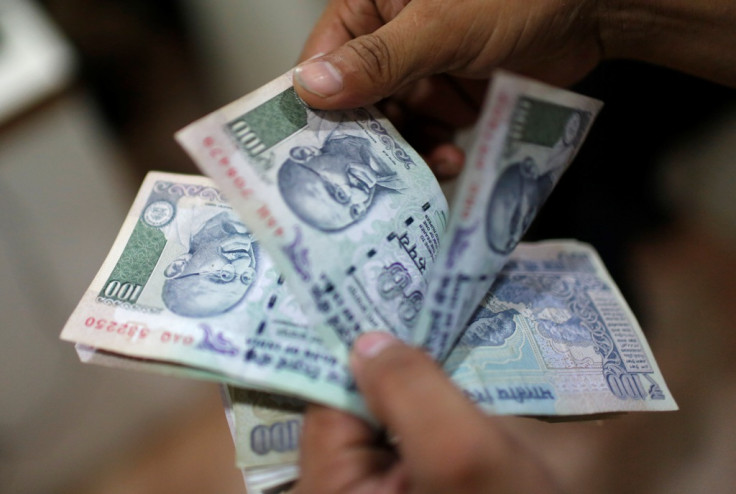Indian Rupee Could Trade at 63 to the Dollar in 12 Months: Goldman Sachs

The Indian rupee could trade at 63 to the US dollar in 12 months, according to a Goldman Sachs report.
The Goldman forecast rests partly on an anticipated increase in India's current account deficit (CAD) during the financial year 2014-15.
"We expect the current account deficit to rise gradually in [fiscal 2014-15] to 2.6% of GDP due to a gradual increase in imports on better domestic demand as well as some relaxation in gold import restrictions by the new government," the report said.
Rupee-Dollar
The partially convertible rupee ended at 59.10/11 to the US dollar on 30 May as against 59.03/04 on 29 May.
For the week, the rupee shed 1% but gained 2% for the month as a whole.
Rupee Stability
India's CAD, foreign fund inflows into the country and the amount of forex reserves it holds are among the several factors that influence rupee stability.
A current account deficit or trade deficit occurs when a nation's payments to other countries exceed the amount it receives.
India's heavy imports oil and gold have a significant impact on the rupee's direction.
Payments to other countries are made in foreign currencies. As such, rupees have to be sold to make those payments and any surge in the sale of rupees leads to a fall in the value of the currency.
When foreigners invest in India, they sell dollars and buy rupees and therefore higher foreign fund inflows have a positive impact on the rupee's valuation.
India's central bank, the Reserve Bank of India (RBI), sells or buys dollars to control the rupee in a volatile environment. The dollars come from the RBI's reserves.
The RBI's total forex reserves stood at $312.6bn as of 23 May.
A higher forex reserve gives the central bank greater powers to intervene in the market to control the rupee.
For the financial year 2013-14, India's average CAD was 1.7% of the GDP as against 4.7% of the GDP in the previous fiscal -- CAD dropped on a sharp contraction in imports, particularly gold imports.
The rupee slid past the 68 mark in August 2013 amid concerns about the government's ability to tackle a widening fiscal deficit and on concerns surrounding the country's economic slowdown.
© Copyright IBTimes 2025. All rights reserved.






















